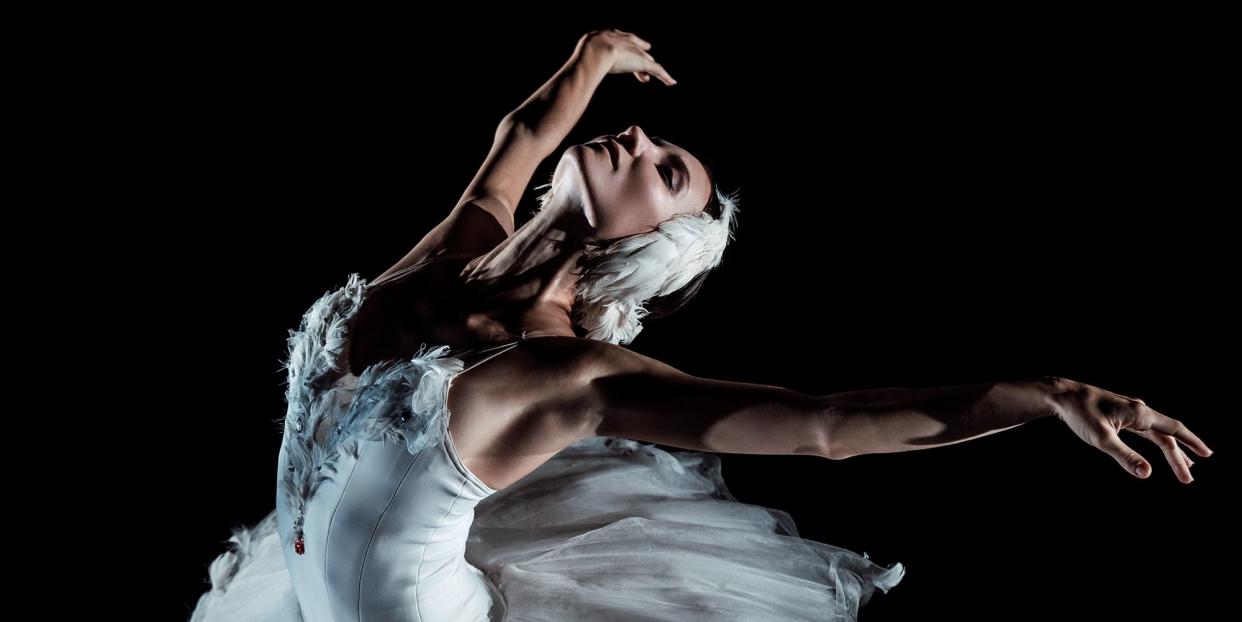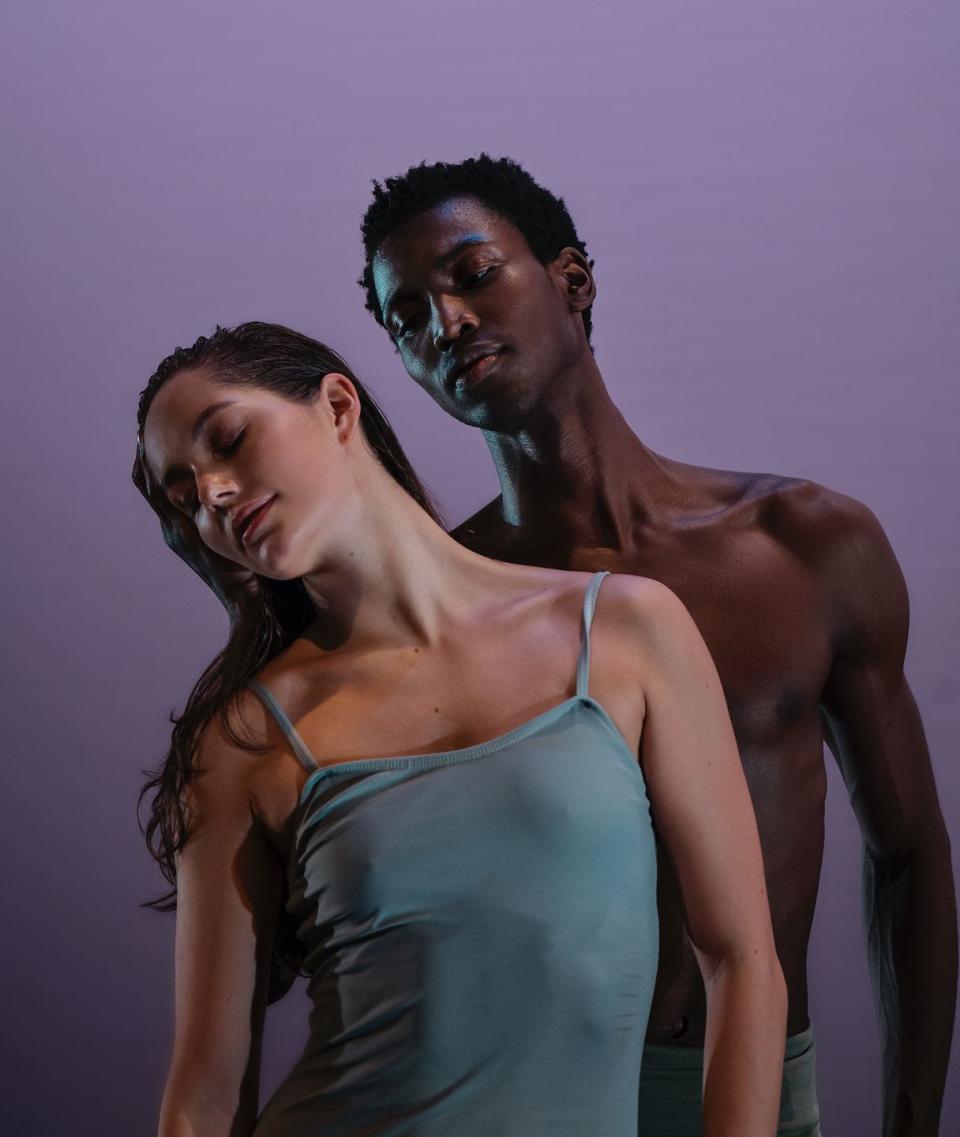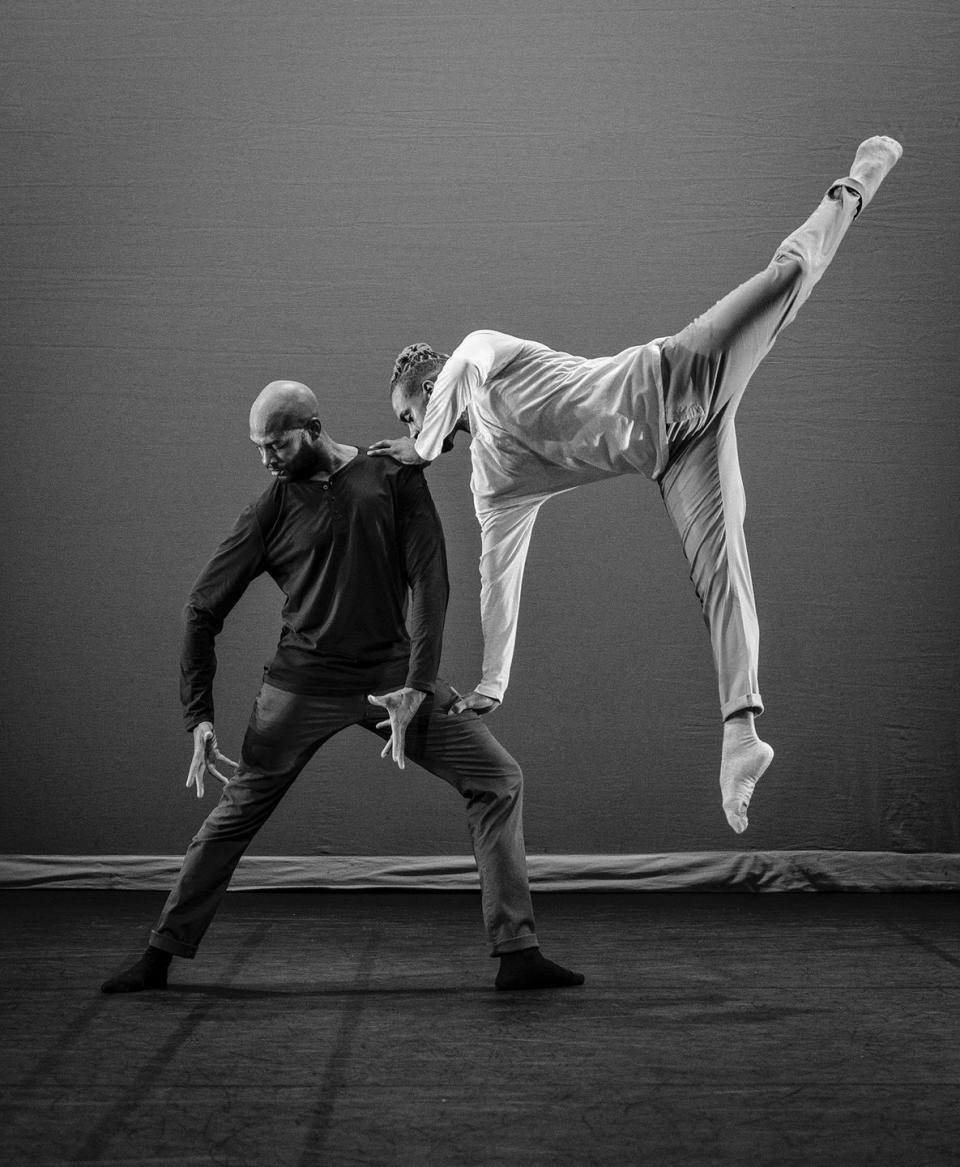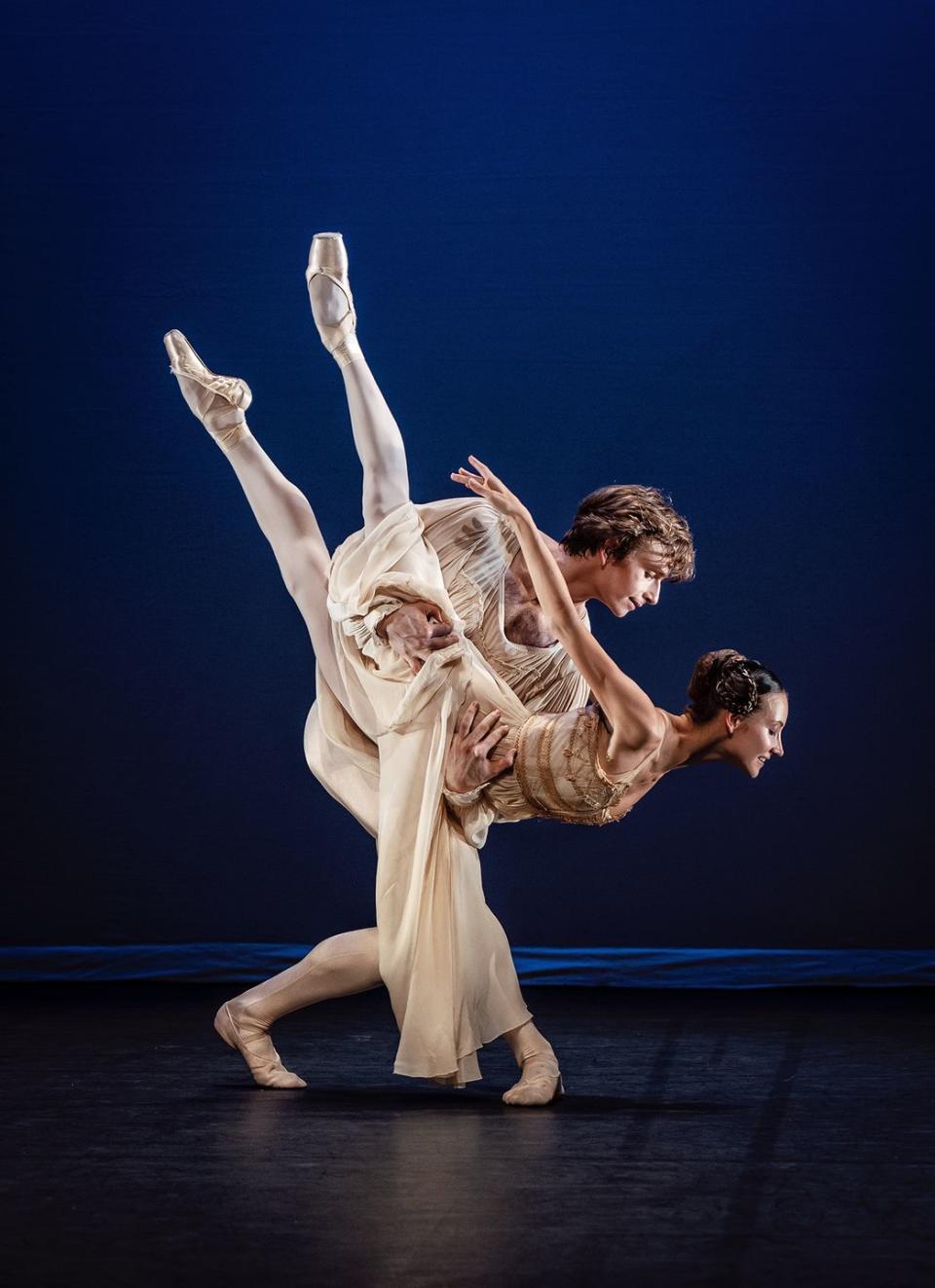How Three Women Produced a Ballet in a Pandemic

Ballerina Melanie Hamrick wanted to do something to help the dance community months into a pandemic that put many of them out of work. “I hate seeing my friends and colleagues not getting to dance,” she tells BAZAAR.com. After lockdowns and social distancing measures were introduced this year, live performances went on hiatus. Prestigious companies like the New York City Ballet and the American Ballet Theatre had to close for the season. But Hamrick also thought about the audience members who wouldn’t be able to watch their favorite performances in person, especially during the holidays. “How can we also help them?” she thought.
The former ABT ballerina teamed up with ABT principal dancer Christine Shevchenko and choreographer Joanna DeFelice to produce a unique performance during the COVID-19 pandemic that gave dancers a chance to work while adhering to health and safety guidelines. Through their new production company, Live Arts Global, they created A Night at the Ballet, which features dancers from a variety of troupes: ABT, New York City Ballet, San Francisco Ballet, Alvin Ailey, Dance Theater of Harlem, and even Mariinsky Theatre of St. Petersburg, Russia.

The one-hour streaming event goes live on YouTube on Live Arts Global's channel starting at 7 p.m. ET on December 17, and lasts through December 20. The set will include pieces from The Nutcracker, Romeo & Juliet, Don Quixote, and more. And it’s completely free to watch; though, they’re asking for donations to benefit the performers and crew of the production.
While many dance companies are already showing virtual online performances to make up for their closed seasons, A Night at the Ballet was produced entirely during the coronavirus era rather than using footage from older performances. But that’s where the challenge came in: How does one do that safely?
The performances were filmed in person over two days at the Manhattan Movement & Arts Center, which had remained open for the past six months without outbreaks, according to Hamrick. “A lot of dancers have been using that space for one-on-ones to just practice,” she says. “So we know that the space follows COVID rules.”
Dancers rehearsed their pieces on their own for about two weeks, but when it came time to film each performance, extra precautions were put in place. They had to come in at scheduled times—they couldn’t be late or early lest they overlap and come into contact with one another—and they used two “rotating dressing rooms,” a concept Shevchenko and DeFelice came up with. A dancer would head in and would have 30 minutes for warm-up and makeup, then they would go to the stage to film their piece. In the meantime, the next dancer or duo would head into the dressing room to start preparing. The first dancer would then leave the stage through a separate exit dressing room so they didn’t cross paths with the next person.
“It was just kind of like a circular [movement]: a holding dressing room to stage, to exit dressing room,” Hamrick says. “So we had time to clean each space between each performer.”

Hamrick and her fellow producers also asked all the dancers to form a bubble with their dance partners and distance from other people for about two weeks leading up to filming the performance. (Maria Khoreva and Kimin Kim of the Mariinsky Theatre filmed their number virtually.) They also had two separate zones for the crew. “The film crew couldn’t cross the zone, neither could the dance crew. And we always had a six-foot measure,” she adds.
Dancers even wore masks while rehearsing, Hamrick reveals. “If people really felt they wanted to get tested, we were going to offer that. But dancers went ahead and some went and got tested before,” she says. “If there had been a dancer that had been working with other dancers not inside our bubble, we asked them to go get a test. Everyone was really cooperative on how best to do this safely.”
Even with all the health and safety protocols, the hardest part of prep was staying physically prepared with studios closed. “You know, classical ballet, if you haven’t been in the studio and performing, it’s really hard to get in shape and be in shape,” Hamrick says. “I think that that was one of the hardest things for this classical ballet gala.”

She adds, “The biggest concern we had from dancers were, ‘I don’t know if I’m in classical ballet shape.’” But given how scarce new dance performances were, the cast rallied through. And the effort paid off. “All the feedback from the dancers and the crew and the team, everyone’s just been really excited to have work. I’m so happy we’re able to pay them for their work.”
A Night at the Ballet may just be the first of Live Arts Global’s many virtual productions. Hamrick dreams of launching bigger productions—with more prep time, of course—perhaps including performers from Broadway, the Philharmonic, and other live shows.
“Let’s just go bigger and do more,” she says. “And we want to keep growing. And this was the first one and I’m really proud of us, how quickly we put it together. And I think it’s going to be amazing. So why not keep going?”
View the lineup for A Night at the Ballet below.
Nutcracker Pas: Crystal Serrano and Aran Bell
After the Rain: Calvin Royal and Unity Phelan
TBD: Maria Khoreva and Kimin Kim
Romeo and Juliet Balcony pas de deux: Christine Shevchenko and Aran Bell
On the Subject of Grace: a new commissioned piece by Antonio and Kirven Douthit-Boyd
Flower Festival: Sarah Lane and Daniel Ulbricht
TBD: Ashley Bouder
Don Quixote Act III: Christine Shevchenko and Julian Mackay
You Might Also Like

